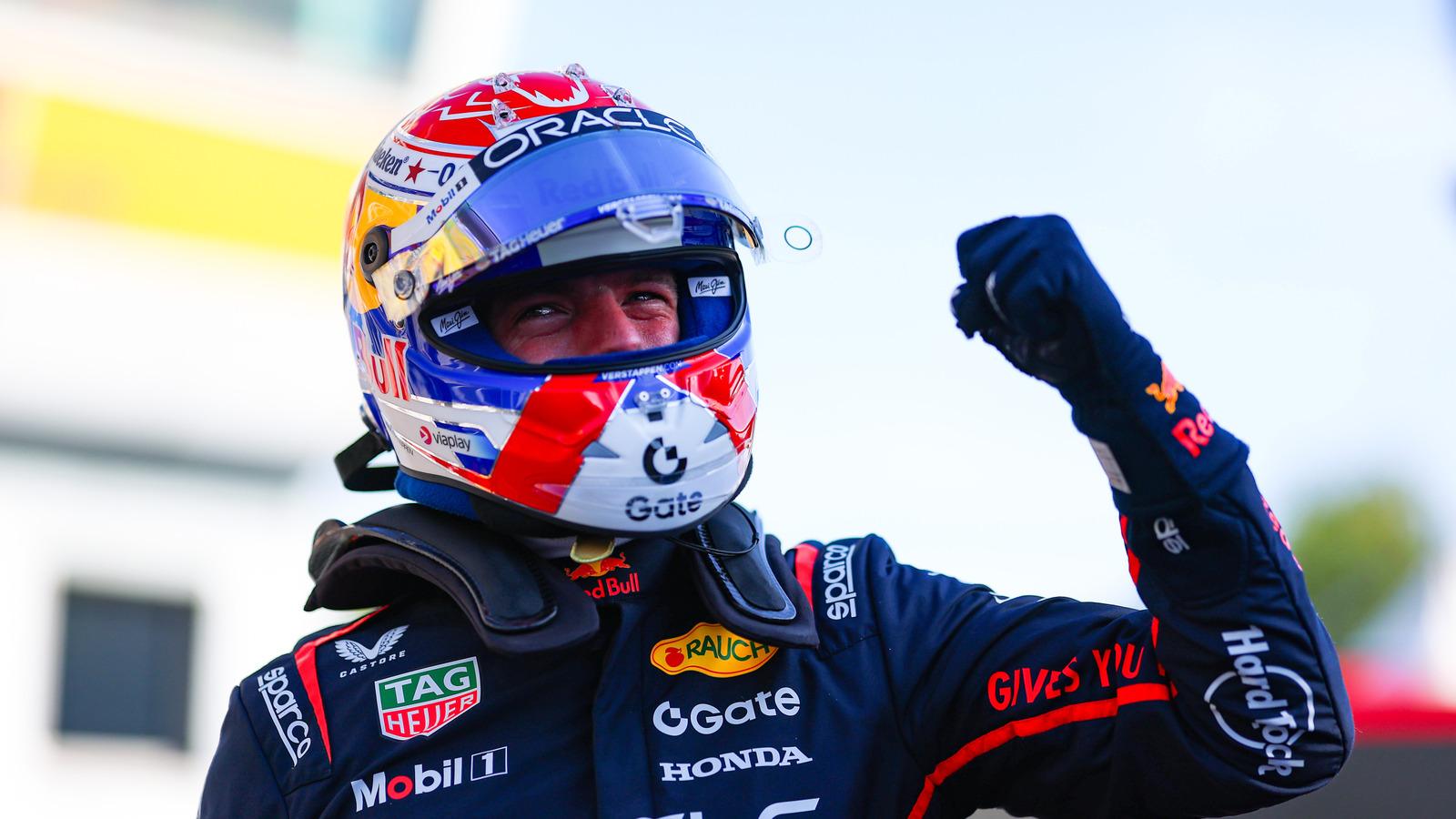Can Max Verstappen Really Race a Ferrari 296 GT3 This Weekend?
If you’ve been following motorsport headlines, you’ve probably heard the buzz: Max Verstappen is eyeing a seat in a Ferrari 296 GT3 with Emil Frey Racing at the Nürburgring this Sunday. It’s the kind of crossover that gets both Formula 1 and GT fans talking. But there’s a catch—one that’s more about paperwork than pure speed.
Why Can’t Verstappen Just Jump Into the Ferrari 296 GT3?
You might assume that a Formula 1 World Champion could hop into any race car, anywhere, anytime. Not so fast. Racing at this level isn’t just about talent; it’s also about licensing. The GT3 series, like many top-tier motorsport events, has a strict licensing ladder. Verstappen, despite his F1 pedigree, can’t race with just an entry-level license. The rules are there for a reason: GT3 cars handle differently, the racing format is unique, and safety is paramount. Even the best drivers need to prove they can adapt.
What’s So Special About the Ferrari 296 GT3 and Emil Frey Racing?
The Ferrari 296 GT3 is a beast—a mid-engine, twin-turbo V6 with a reputation for razor-sharp handling and relentless pace. Emil Frey Racing, meanwhile, is no stranger to the podium. They’ve built a name in GT racing for their technical expertise and ability to get the most out of their machinery. Pairing Verstappen’s raw talent with this team and car? That’s a recipe for fireworks on the track.
How Do Racing Licenses Actually Work?
Here’s where things get interesting. Motorsport licenses aren’t one-size-fits-all. The FIA, which governs most international racing, has a tiered system. Drivers start with a national license, then move up to international grades—C, B, and finally A. Each step requires a mix of race results, experience, and sometimes even specific training. For GT3, a driver typically needs at least an International C license, plus approval from the series organizers. Even a superstar like Verstappen has to tick these boxes if he’s new to this particular racing category.
Are There Real-World Examples of F1 Drivers Facing License Hurdles?
Absolutely. Take Fernando Alonso’s foray into the Indy 500. Despite his F1 stardom, he had to complete rookie orientation and meet IndyCar’s licensing requirements. Or look at Jenson Button’s move to Super GT in Japan—he spent time testing and acclimating before racing. It’s not just bureaucracy; it’s about ensuring everyone on the grid is prepared for the unique demands of each series.
What’s the Bigger Picture for Verstappen and GT Racing?
For Verstappen, this isn’t just a fun weekend project. Many top drivers use GT racing to sharpen their skills, build relationships with manufacturers, and broaden their motorsport horizons. It’s also a chance to connect with a different fanbase and prove their versatility. If Verstappen makes the leap, it could open doors for more F1 stars to try their hand in GT3—and vice versa.
What Should Fans Expect If Verstappen Gets the Green Light?
If all the paperwork falls into place, expect a show. Verstappen’s aggressive style, combined with the Ferrari’s capabilities and Emil Frey’s strategy, could shake up the usual GT3 pecking order. But don’t expect instant dominance. Even the best need time to gel with a new car and team. The learning curve is real, and that’s part of the thrill.
The big takeaway? Motorsport’s magic isn’t just about raw speed or big names—it’s about respecting the craft, the rules, and the journey. If Verstappen does hit the track in that Ferrari, it’ll be because he earned it, not just because of his F1 fame. That’s the kind of story that keeps racing fans coming back for more. Try following the licensing process for your favorite drivers—you’ll spot the difference it makes by the next race weekend.


